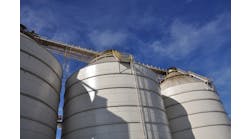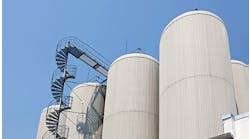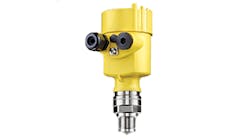Data and the sensors that capture it are the foundation of Industry 4.0, but there's a lot of heavy lifting between raw, real-time inputs and agile, fully informed decisions that fulfill the promise of digital transformation. It’s in this industrial integration space that global sensor manufacturer Sick AG reports it's making good on its longstanding brand promise of “Sensor Intelligence.”
“Just as a railway station is first and foremost a station, our focus is on the intelligence enabled by the sensor,” said Dr. Robert Bauer, executive board chairman, Sick, at its global media days in late January at its headquarters in Waldkirch, Germany. “Intelligence is the only way to Industry 4.0."
The company isn't neglecting its core sensor technologies, which presently include about 40,000 products, but investments in infrastructure, data-driven services and applications such as the SICK AppSpace, where software combines sensor data with other sources of information, represent a large part of Sick's R&D effort. "Our core business is in industry, in automating factories, processes and logistics," added Bauer. "However, industrial automation and Industry 4.0 are two sides of the same coin.”
Applying the principles of Industry 4.0 to its manufacturing facilities, Sick has developed its 4.0 Now smart production facility in Freiburg, Germany, and will stream live video of it during the upcoming Hannover Messe in April. fairgrounds. The video will show automated guided carts (AGCs) as they make their rounds, shuttling raw materials and components to automated production cells and carrying finished products away.
“It looks so simple, but it’s the result of concentrated development and networking efforts,” said Bernhard Müller, senior vice president of Industry 4.0, Sick. “All of our vehicles, components and production cells are connected to each other and upload data to a cloud. Production can be scaled to match the order situation and requirements. Automated operations are carried out alongside manual work. The advantages of both methods are combined to make production efficient.”


